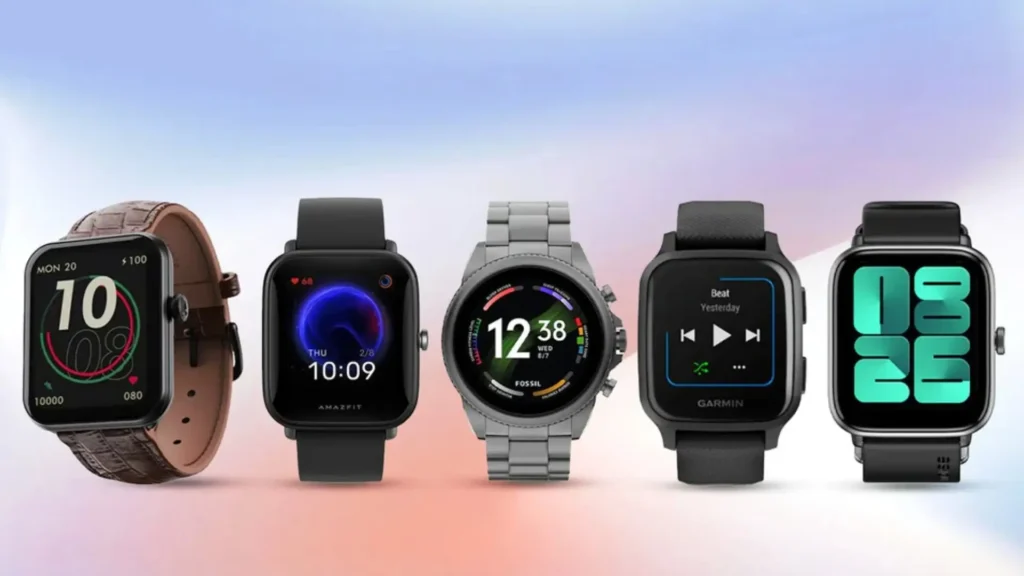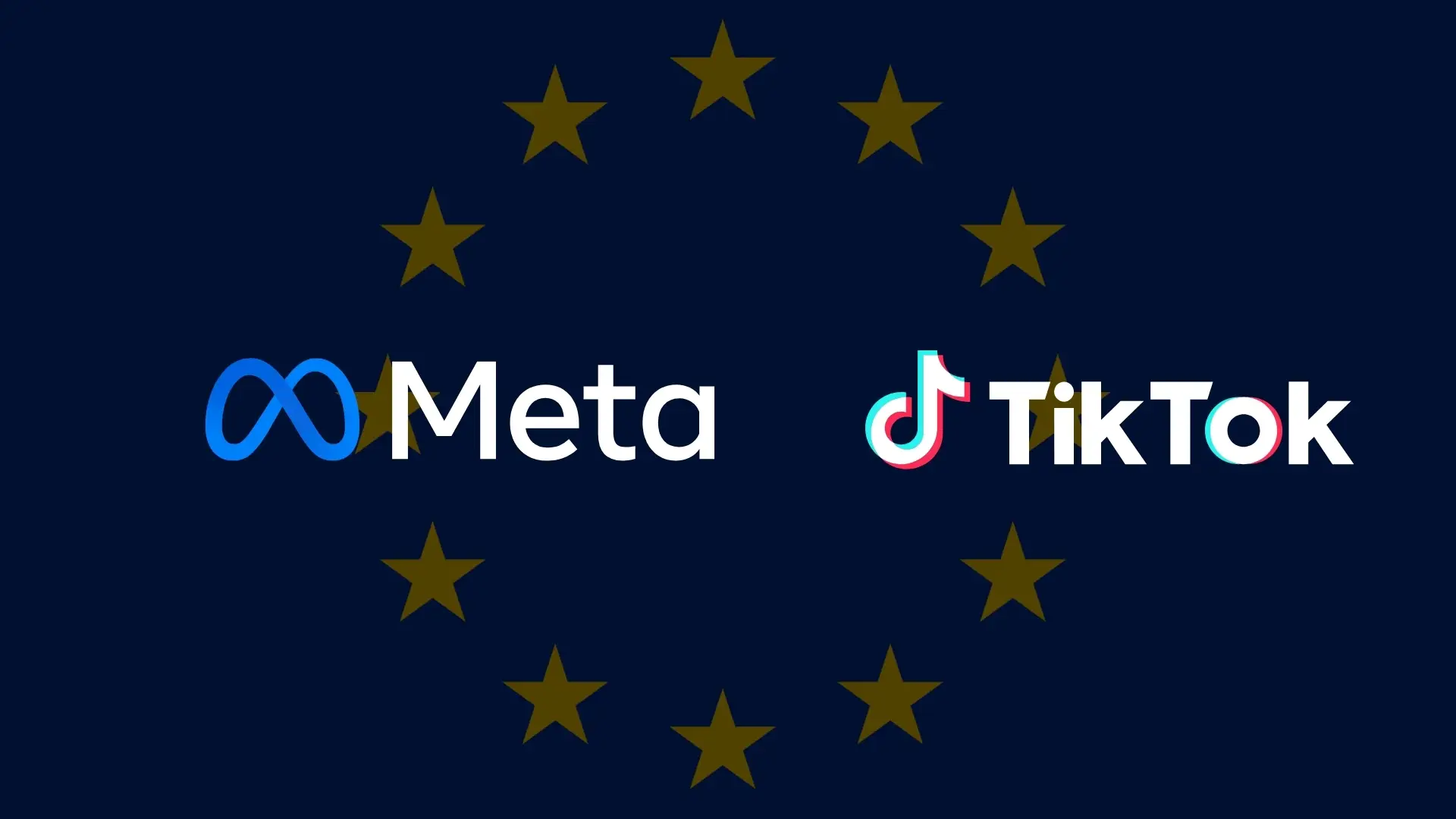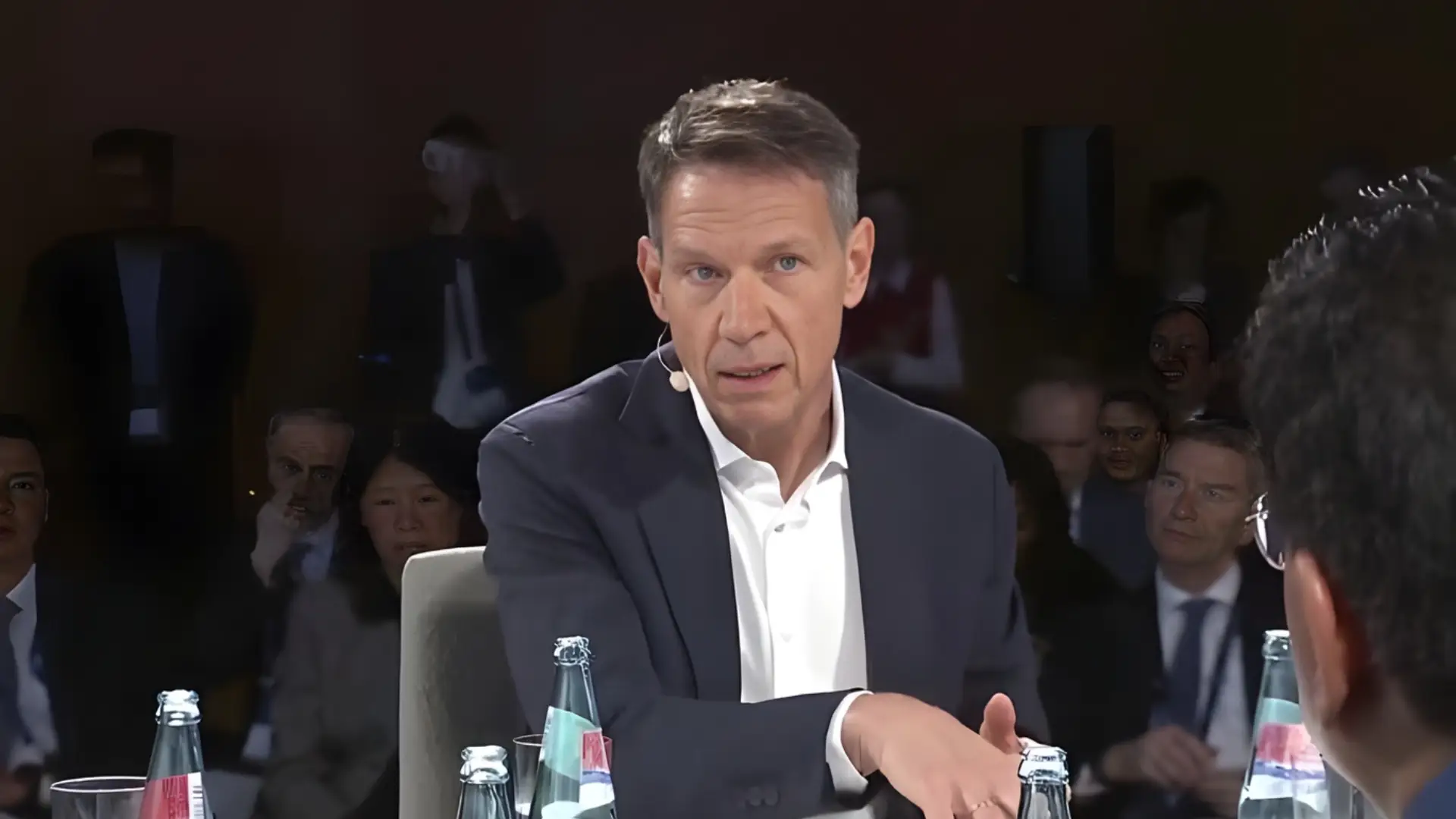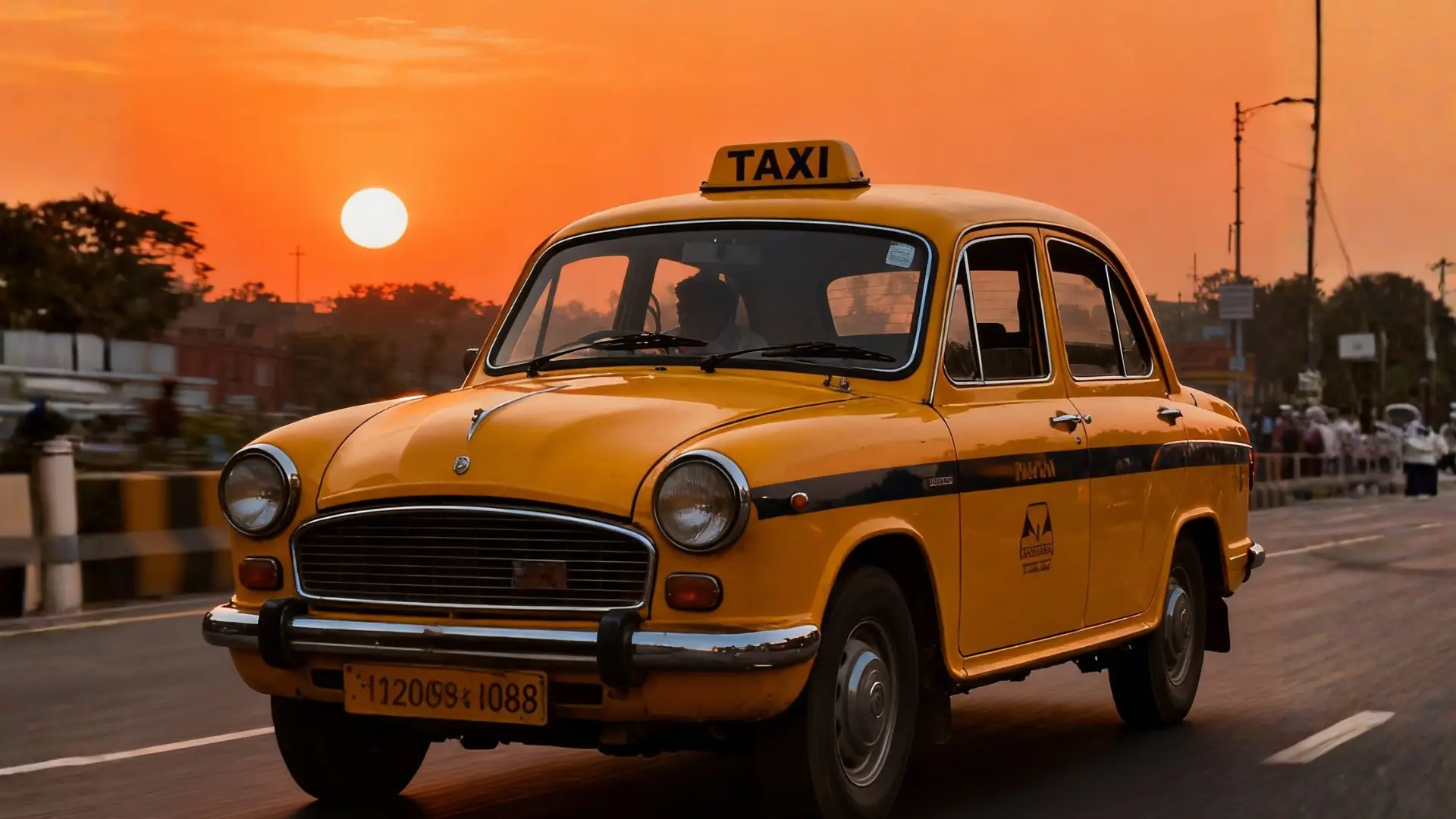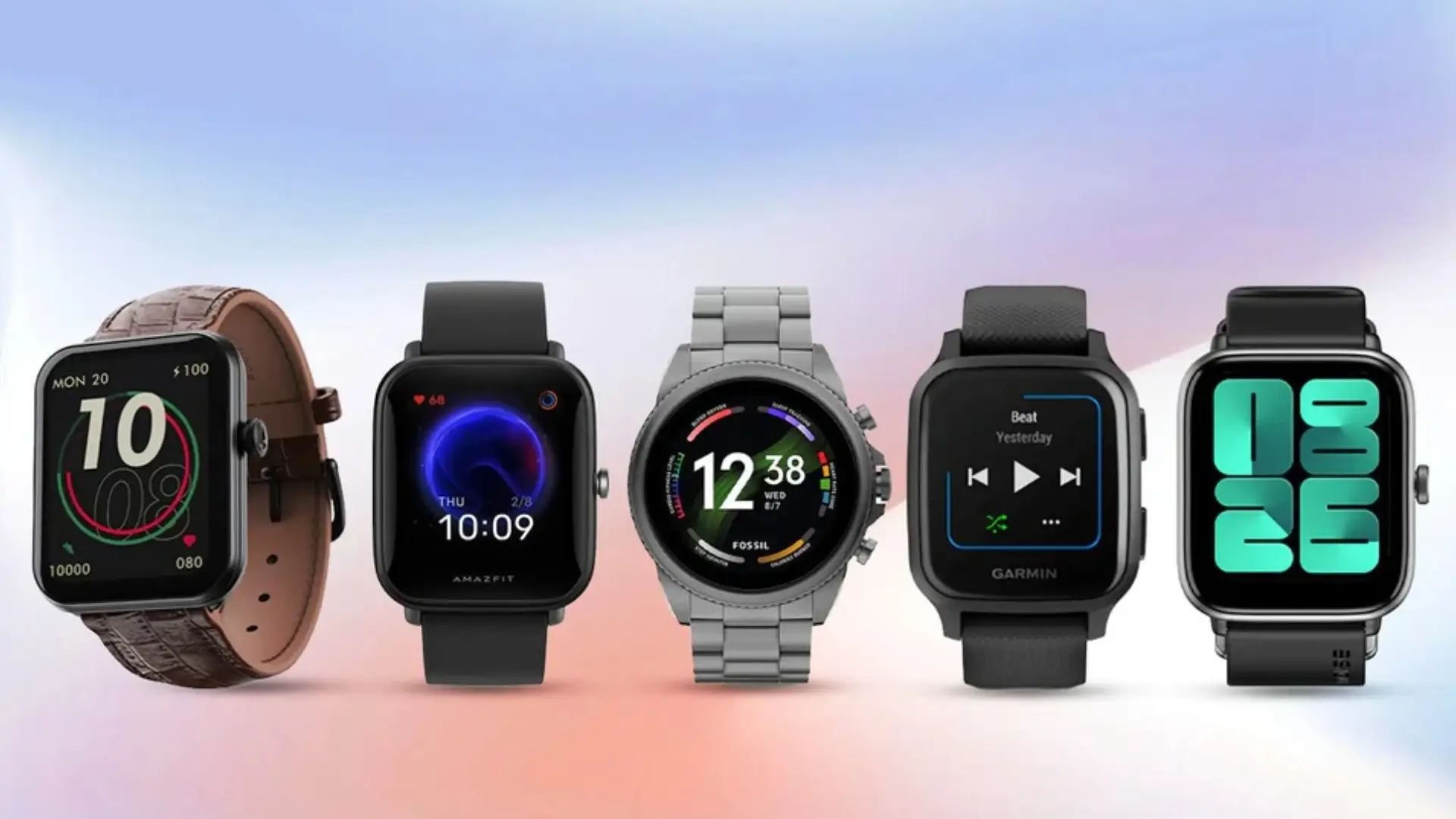The one thing that has grown after COVID is health consciousness amongst the people across the country. Well, when there is a sudden change in consumer behavior that leads to the rise of some new trends.
For years, smartwatches were the next big thing. They weren’t just gadgets; they were fashion, fitness, and functionality rolled into one sleek device. They promised to track your health, push notifications, and give you a slice of the future on your wrist.
That eventually boomed across the country, and several brands started selling smartwatches. Starting from the budget segment to premium segments. But one thing that we need to understand is that, though smartwatches were available for a while, the sudden trend has brought in new customers, and most of them were first-time buyers of smartwatches.
Now these first-time buyers mostly prefer buying budget-segment watches. That’s when companies like BoAt, Noise, and other such new brands started gaining traction.
But suddenly, the smartwatch party seems to have hit pause. Shipments are falling, growth is flattening, and the once-booming budget smartwatch market, especially in India, is showing signs of stagnation. Yet, interestingly, the premium segment is thriving. Apple, Samsung, and a few select brands are recording double-digit growth even as mass-market brands slow down.
What changed? Why are affordable smartwatches struggling while premium devices are accelerating? And what does it say about how Indian consumers are evolving? Let’s dive in.
The smartwatch revolution started with curiosity. For a few thousand rupees, you could own something that felt futuristic. Brands like Noise, boAt, and Fire-Boltt dominated India’s wrists with sub-₹5,000 watches that offered step counts, heart rate tracking, and notifications. The category exploded between 2021 and 2023. Volumes tripled, new brands were introduced, and India became one of the largest smartwatch markets globally.
But as with every early-stage boom, there comes a point of correction. By 2024, the Indian smartwatch market had begun to decline, with about a 33% drop in shipments in Q1 2025, according to Counterpoint Research. That marked the fourth consecutive quarter of decline.
But why? The early buyers, or the first-time buyers, already bought their watches, and they are not buying again, and the craze has faded due to various reasons, starting from low quality, weak battery life, and other limited features.
Smartwatch adoption among urban and Tier-1 consumers has peaked. The remaining markets, such as smaller towns and rural regions, are harder to convert. Budget devices often compromise on quality, like inconsistent sensors, inaccurate health data, poor battery life, and fragile designs. As a result, it caused disappointment. Many users who bought cheap smartwatches found them unreliable and stopped upgrading altogether. When trust erodes, the upgrade cycle dies.
With more players in the market, the budget segment has hit a feature plateau. It’s difficult to deliver advanced features like ECG, GPS accuracy, or seamless app integration at a ₹2,000–₹3,000 price point. Rising component costs, marketing expenses, and logistics pressures are squeezing profitability. Because of all of these reasons, the shipment has seen a massive drop. Fire-Boltt shipments dropped 54%, boAt fell 47%, and Noise declined 26%.
What happens when all of this is going wrong? It immediately impacts the innovation and service improvement.
But the story with the premium segment is different. According to Counterpoint Research, the premium segment (₹20,000 and above) surged 147% year-on-year, even as total shipments fell, which is a clear sign that Indian consumers are migrating from mass affordability to aspirational quality.
Apple, Samsung, and Garmin now control the high ground. In fact, Apple has been the only major brand to record strong growth in India’s slowing smartwatch market. Premium smartwatches are winning because they offer accurate real improvements, accurate health tracking, better sensors, and deep phone integration. These watches also last longer, get updates, and feel reliable. For many buyers, they’re a status symbol as much as a tool. And with growing health awareness, people are ready to pay more for accuracy and trust, not just affordability.
Still, India remains one of the largest smartwatch markets globally, but its structure is changing rapidly. If the market is evolving, brands must evolve faster. Now the decline in the growth is not a collapse; it is more like a correction phase.
Now, brands should focus more on quality and innovation and not just focus on selling huge volumes. Even the average selling price is rising, which indicates the rise of premiumization. In the future we might not see a massive volume as we have seen in the past, but with unique features and quality products, there will be a change in the way consumers behave.
The question now isn’t “Will smartwatches survive?” It’s “Which watches will evolve, and who will be smart enough to lead the next wave?”
Also Read: EU sanctions hit 3 Indian firms as part of the 19th sanctions package against Russia


